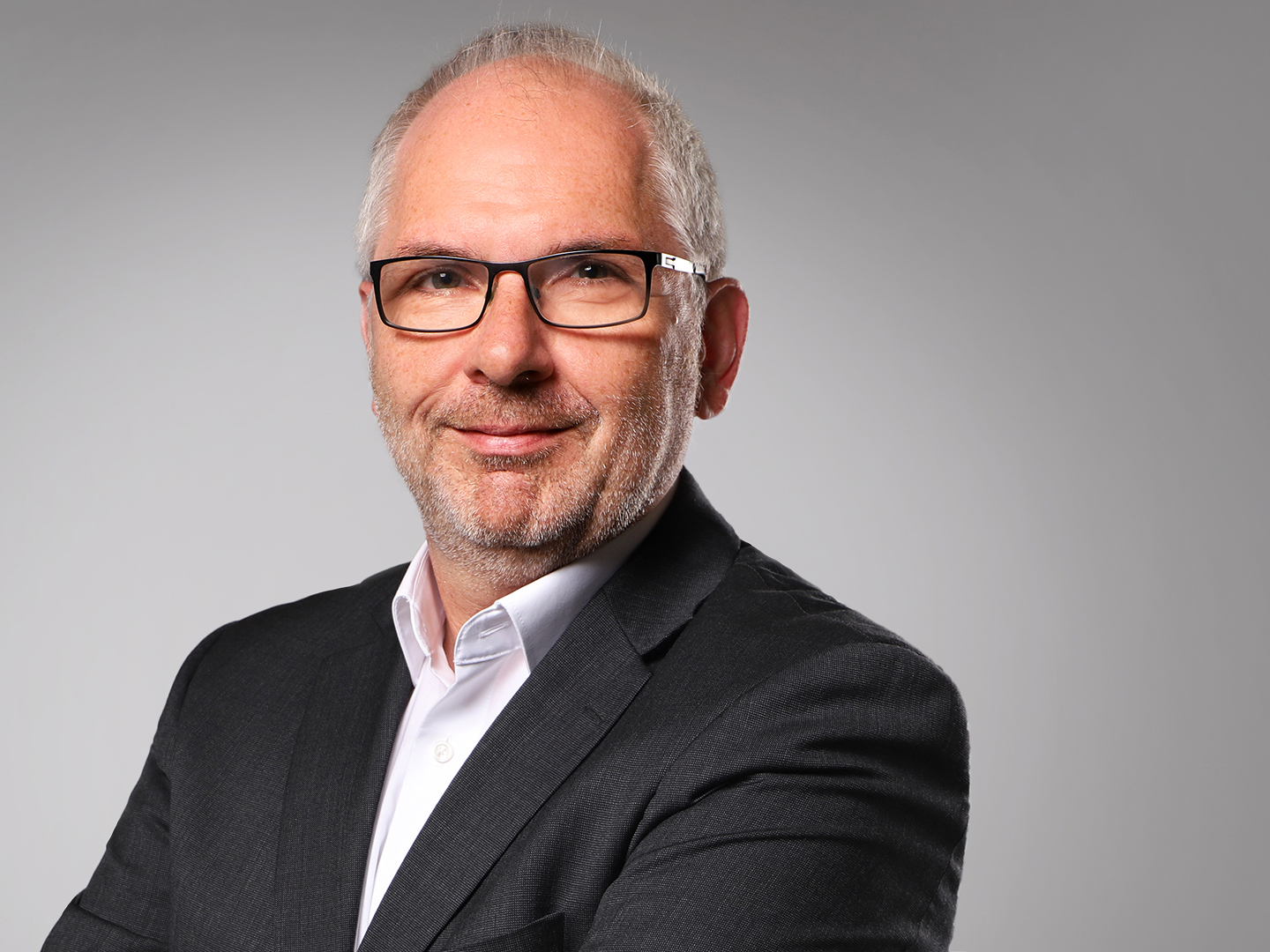ˮIt is neither possible nor reasonable to dispense with plasticˮ
The Fraunhofer Institutes UMSICHT, IAP, ICT, IML and LBF are committed to creating a circular plastics industry. As a Cluster of Excellence ˮCircular Plastics Economyˮ – CCPE for short - they want to develop prototypes for new plastics, additives and compounds. They also focus on reusable packaging for the online trade and child car seats to demonstrate what products with circular properties look like. What sounds like a simple basic idea is complex to implement, reveals UMSICHT scientist and cluster office manager Dr. Hartmut Pflaum in an interview.
Why do we need a circular plastics industry?
First of all, because the amount of plastic is growing worldwide. Additionally, too much plastic waste is still incinerated or released into the environment due to a lack of or inefficient recycling systems.
But not using plastic is not the answer?
It is neither possible nor sensible to do without plastic. After all, plastic is used in almost all areas of our lives – be it in medicine, in our cars, in electronics or in our home furnishings. What we have to change is how we handle the material. Circular design as well as material and raw material recycling must be enormously strengthened by advanced technologies and digitally supported systems. In short, we must move from a linear to a circular plastics industry.
Governments and authorities around the world are already taking action. The EU, for example, launched its plastics strategy in 2018 as part of the transition to a more circular economy. These plans call for all plastic packaging on the EU market to be recyclable by 2030. The consumption of disposable plastics and avoidable micro plastic emissions into the environment are also to be reduced.
The basic idea for the transformation from a linear to a circular economy is simple: to reduce the extraction of fossil resources, avoid end-of-life losses and, at the same time, enable a genuine recycling of plastics.
In terms of implementation, this is anything but simple. After all, there is much more to circular economies than increasing efficiency and recycling. We are talking about life cycle-wide circular product systems. In addition, there is a lack of suitable instruments for networking with very different actors via value creation stages and life cycle phases.
What does that mean in concrete terms?
The dilemma is that many of the product characteristics and business models expected by the market today stand in the way of increased circularity. For example, a reduction in product performance in favor of recyclability reduces competitiveness, while improved recyclability has little positive impact on consumer purchasing decisions. At least not yet.
Moreover, as far as raw materials are concerned, prices for secondary raw materials are usually lower because they do not have the same quality as primary raw materials. If the prices for primary raw materials fall, recycling chains for secondary raw materials will even become temporarily uneconomical. If the complexity of the products increases to such an extent that the costs for recycling are higher than the costs for extraction from primary materials, an absolute economic limit is reached.
So what needs to change?
We need innovations that can also be the basis for new business models. These include systemic material and product development for the circular economy and criteria for measuring circularity – for example, reparability, longevity and the proportion of recycled materials in consumer products. It is also urgently necessary to ensure the exchange and cooperation between the plastics production industry, plastics processors, branded companies, retailers, industrial designers and waste disposal companies in order to set up comprehensive value creation networks. Innovative pilot and demonstration plants are also in demand. With their help, we can take a closer look at recyclable material flows. Last but not least, we need efficient logistics systems based on lifecycle-wide labelling and automatically readable, certified information on the material content of products and secondary raw materials.
Are the Fraunhofer Institutes within the research cluster working on these adjusting screws?
Together we are building a virtual institute for the circular plastics industry. It comprises three so-called divisions focusing on materials, systems and business. Using plastics as an example, they show how an entire value-added chain can be designed according to the principles of the circular economy. The focus is on the development of bio based polymers and additive systems as well as efficient collection and transport technologies, new recycling processes such as solvolysis and pyrolysis, and methods for establishing efficient logistics and product evaluation according to circular principles.
Is there a timetable? Or rather: When can the first results be expected?
The Fraunhofer cluster “Circular Plastics Economy“ (CCPE) was launched in January 2019. In May, we held the first two-day hackathon for the product development of transport packaging and child seats. We can produce bio based and self-reinforced plastics in the laboratory and are currently planning the scale-up. We have just entered into a development partnership with a company for recyclate-stabilizing additives. We are recovering terephthalic acid from plastic mixtures and are in the process of developing an industry-compatible circular assessment for materials and products. We talk to about twenty companies about concrete project developments. This is just the beginning: We expect to have finished solutions for materials, products and systems ready for the market by 2021 by mid-2020.
This is how a circular economy for plastics work
Last modified:
 Fraunhofer Institute for Environmental, Safety and Energy Technology UMSICHT
Fraunhofer Institute for Environmental, Safety and Energy Technology UMSICHT